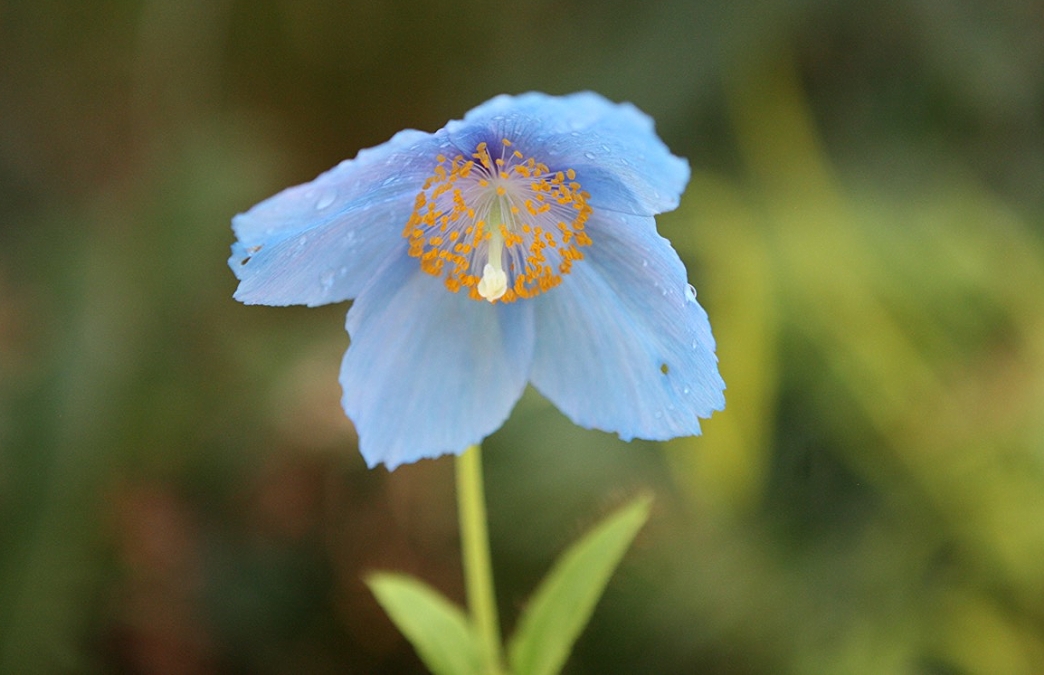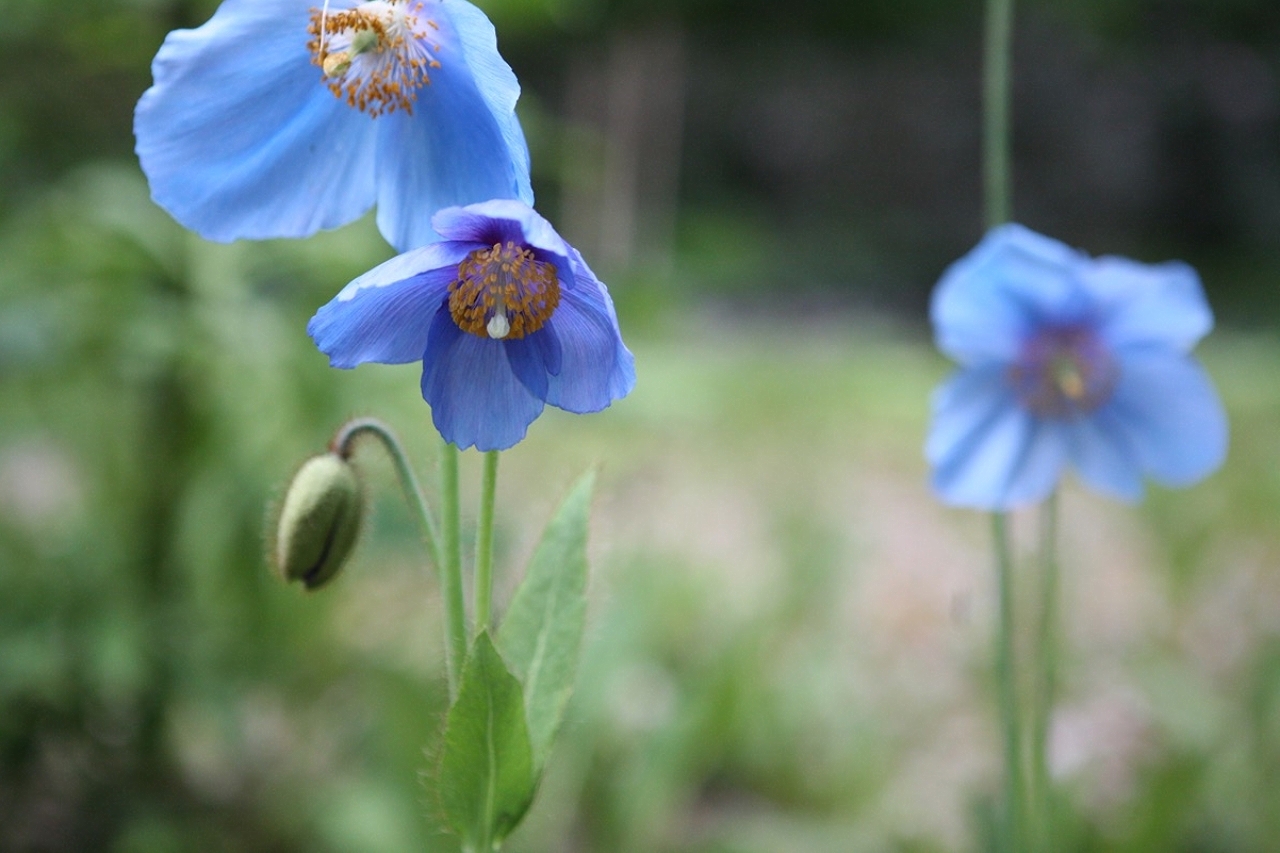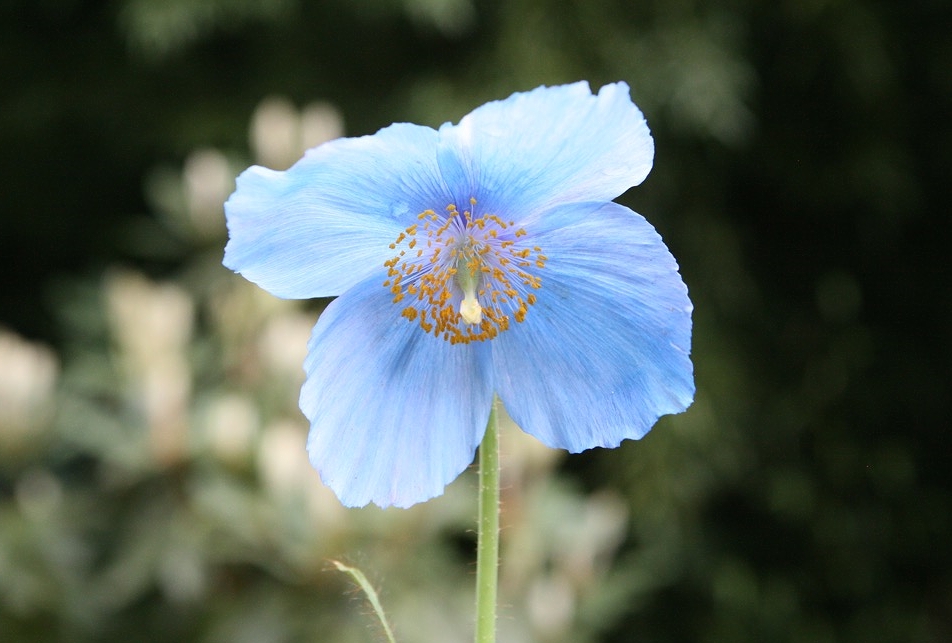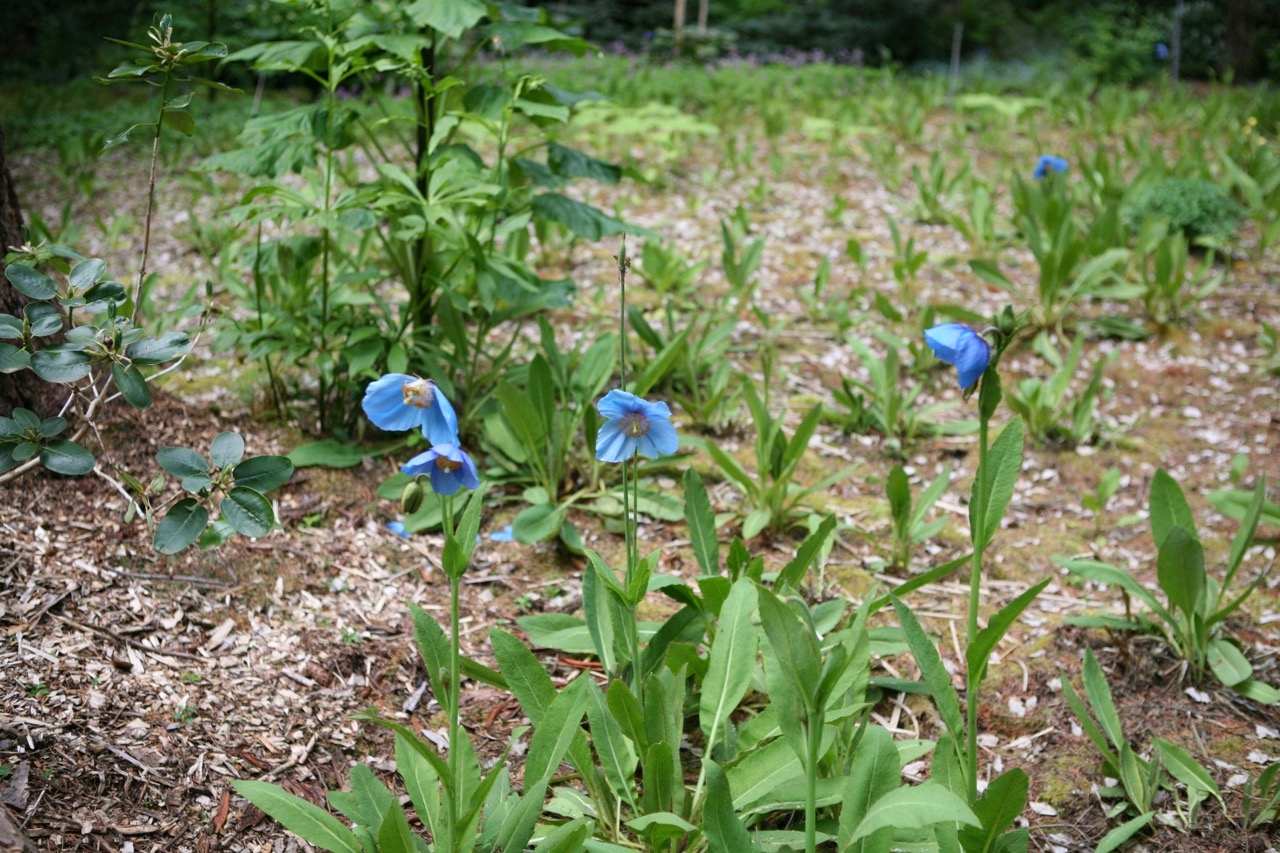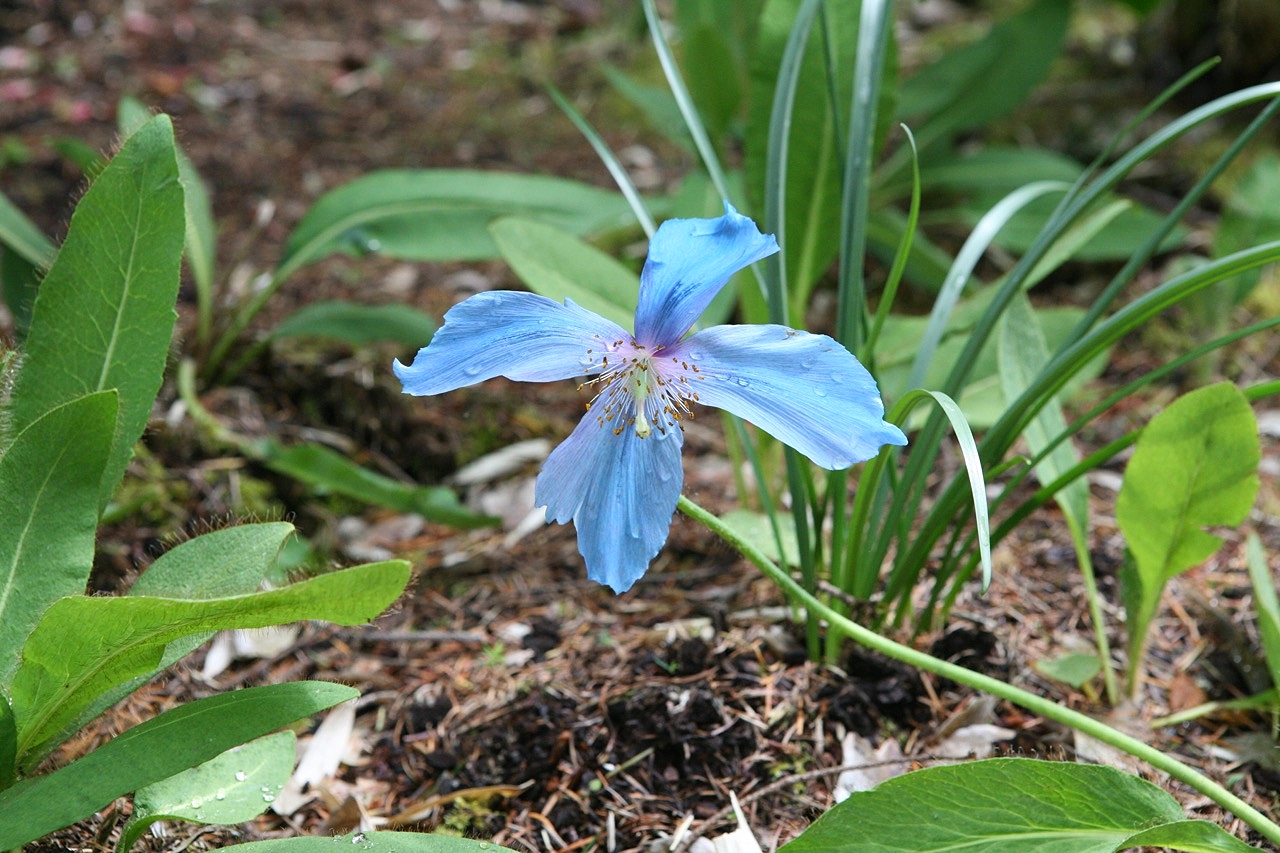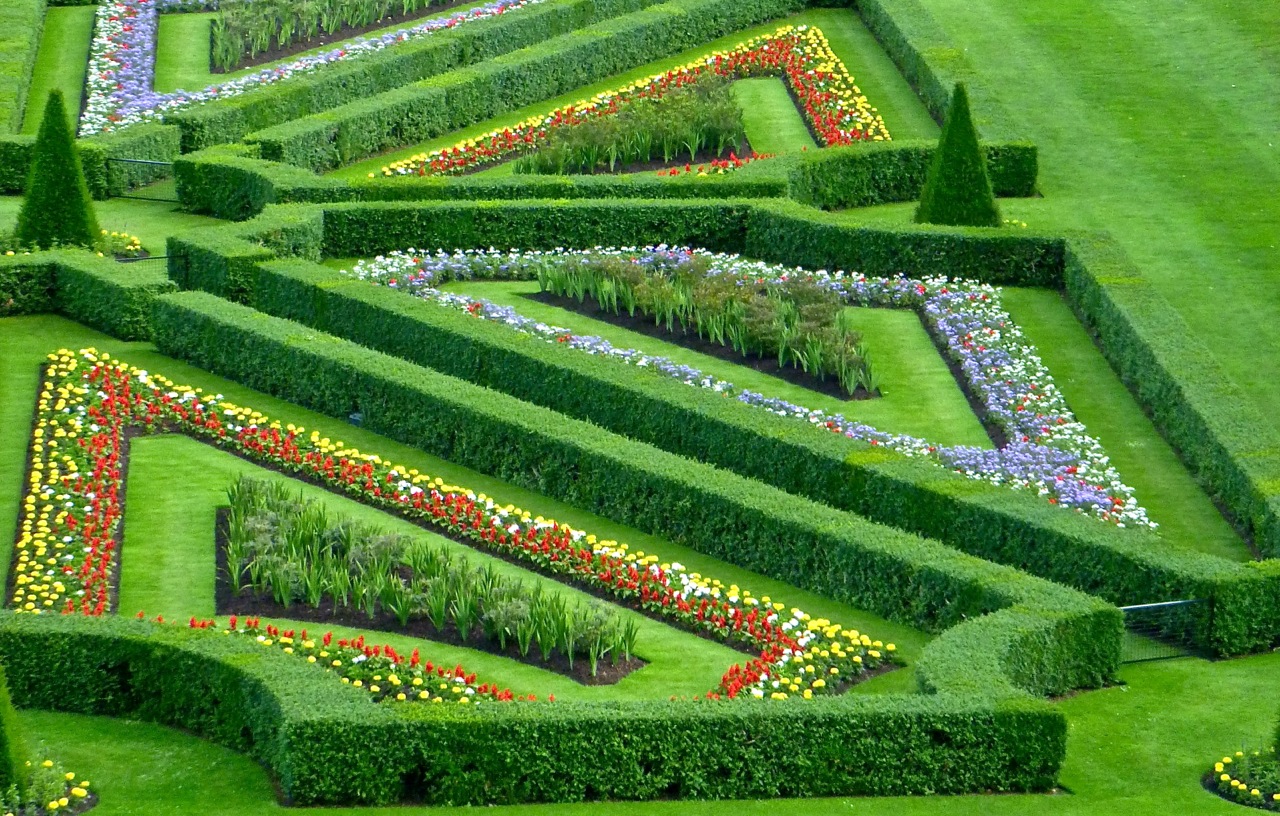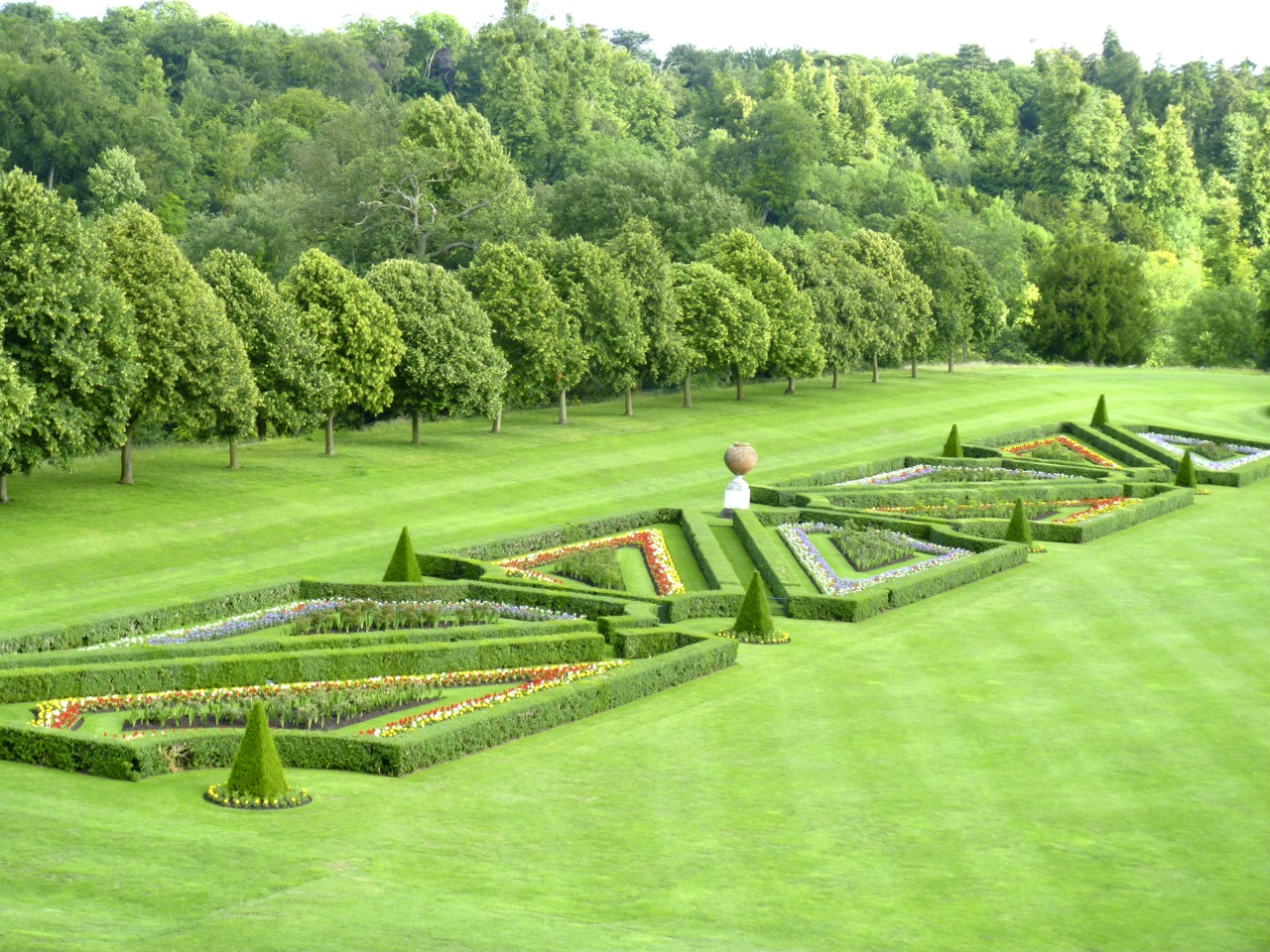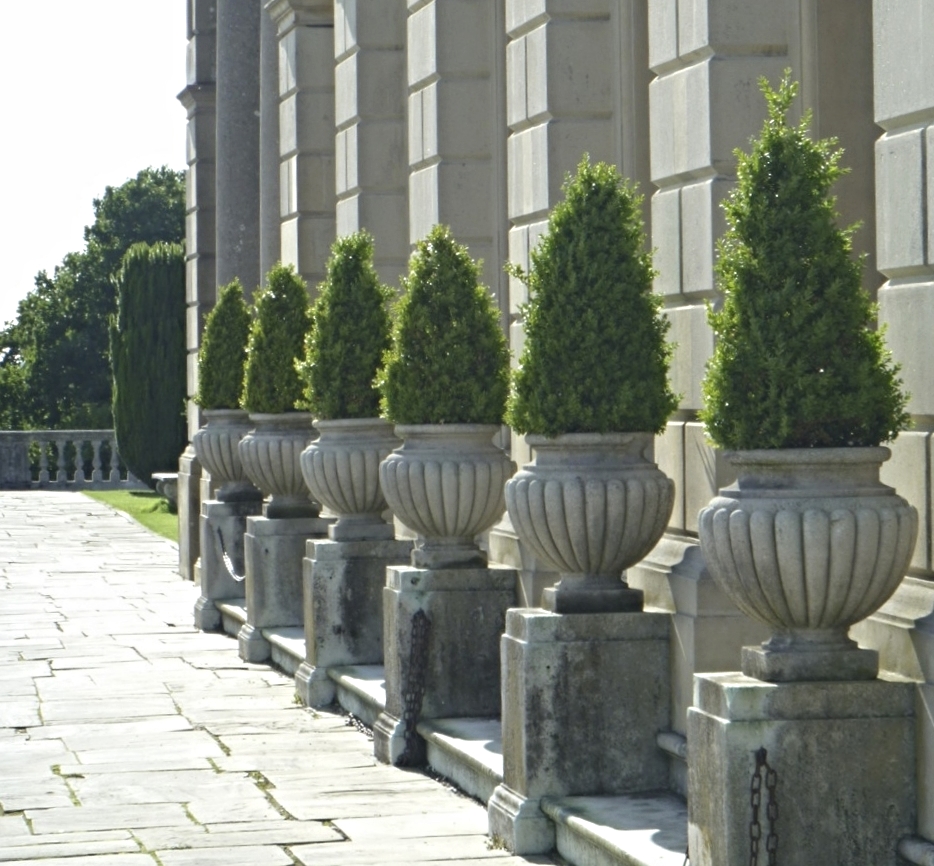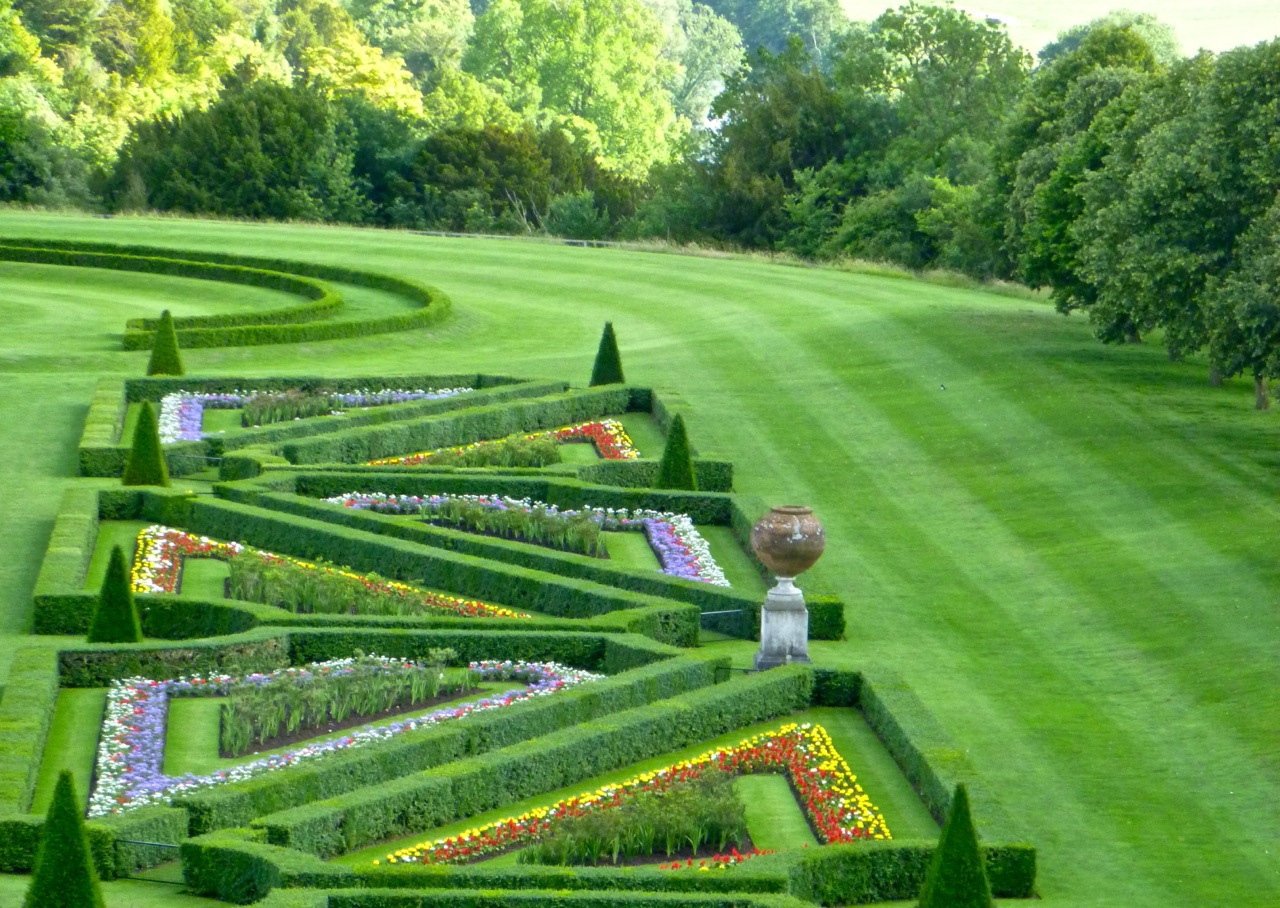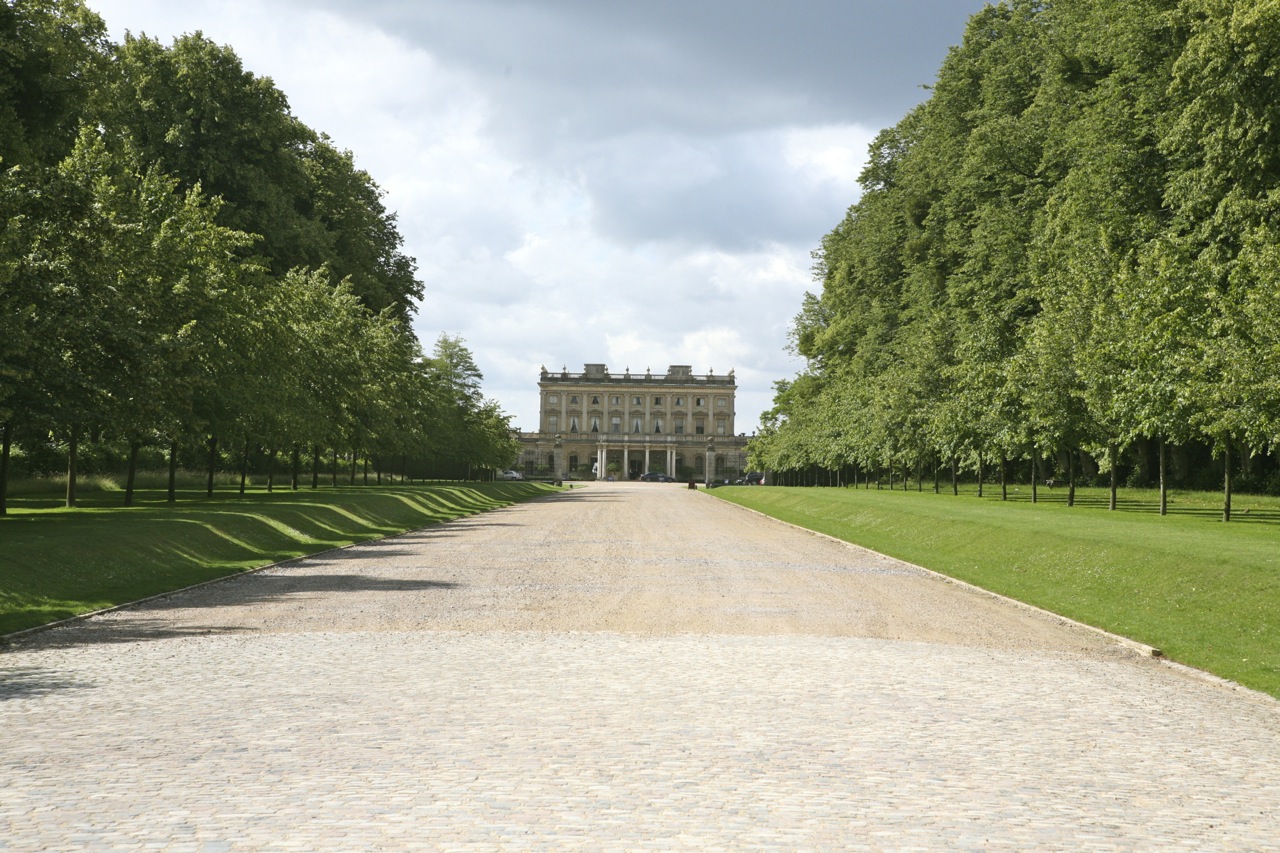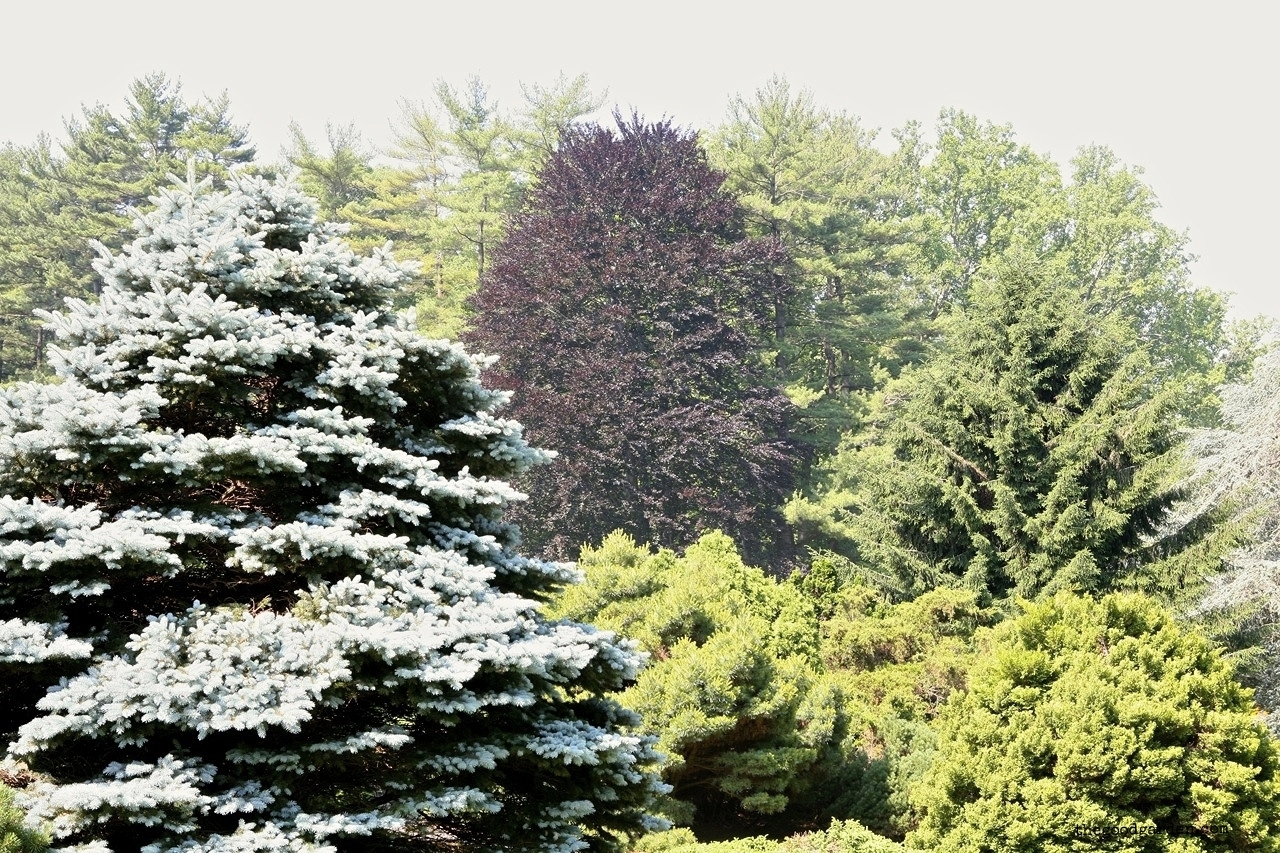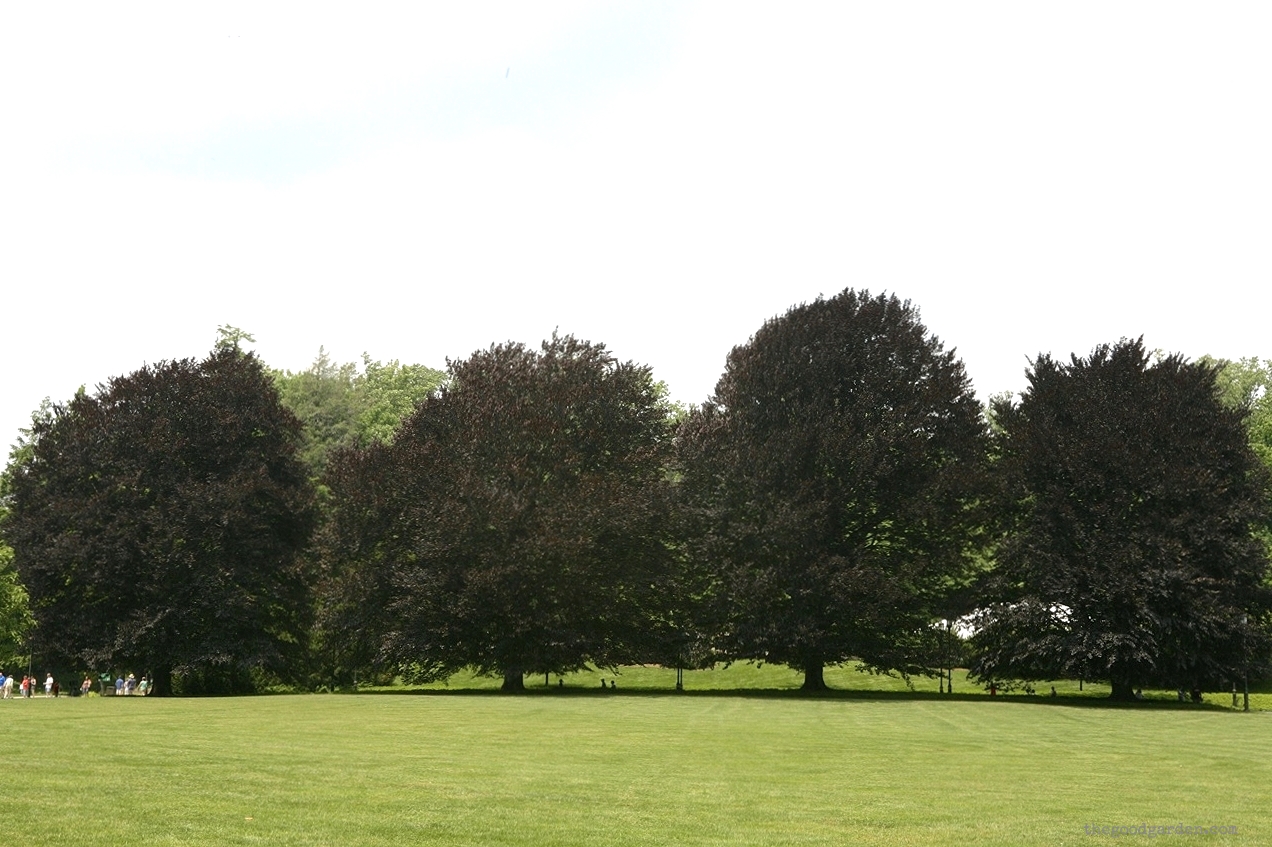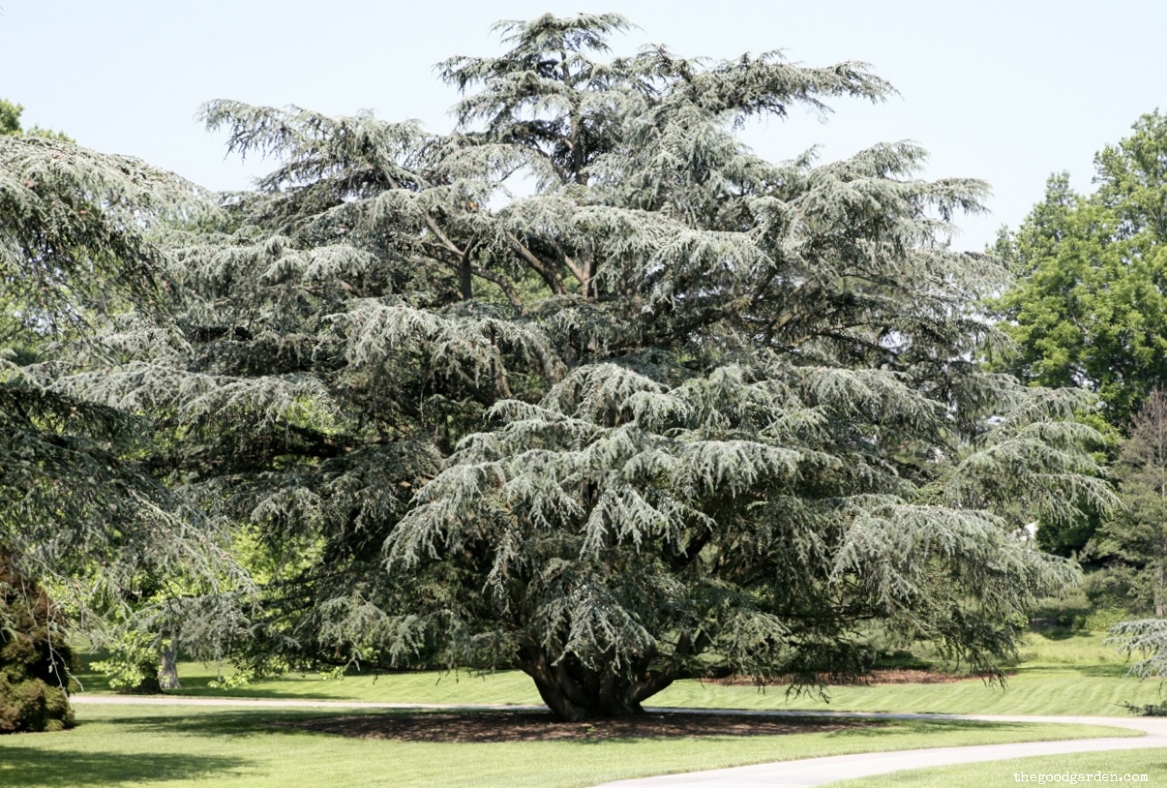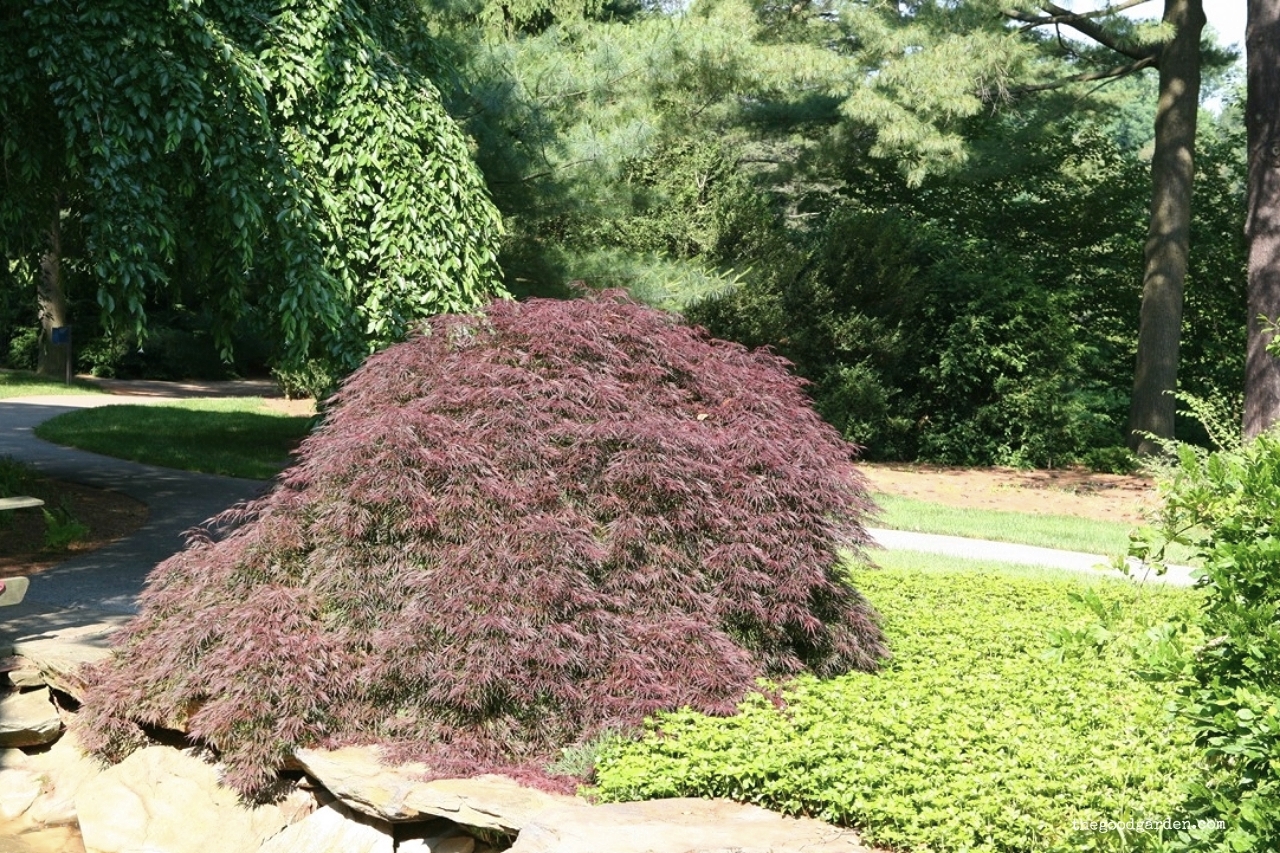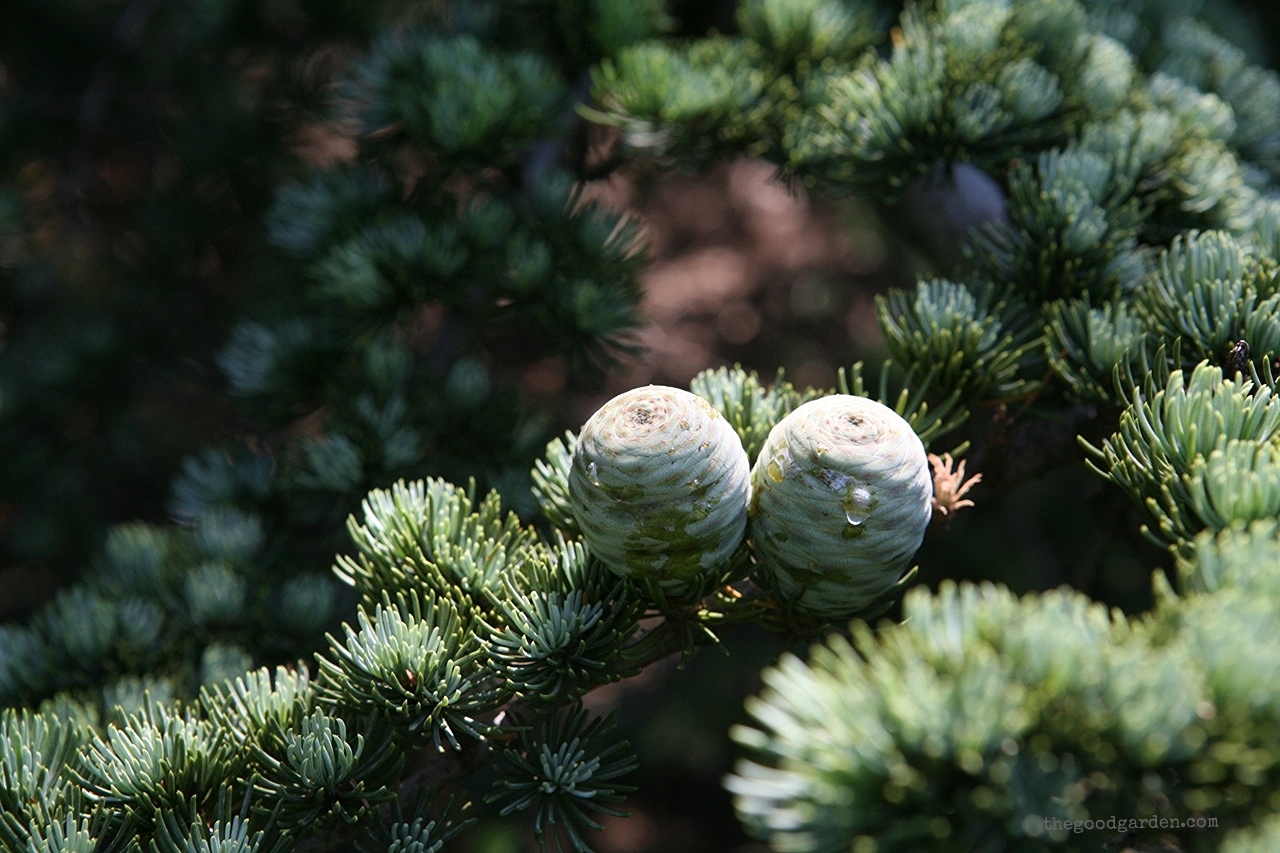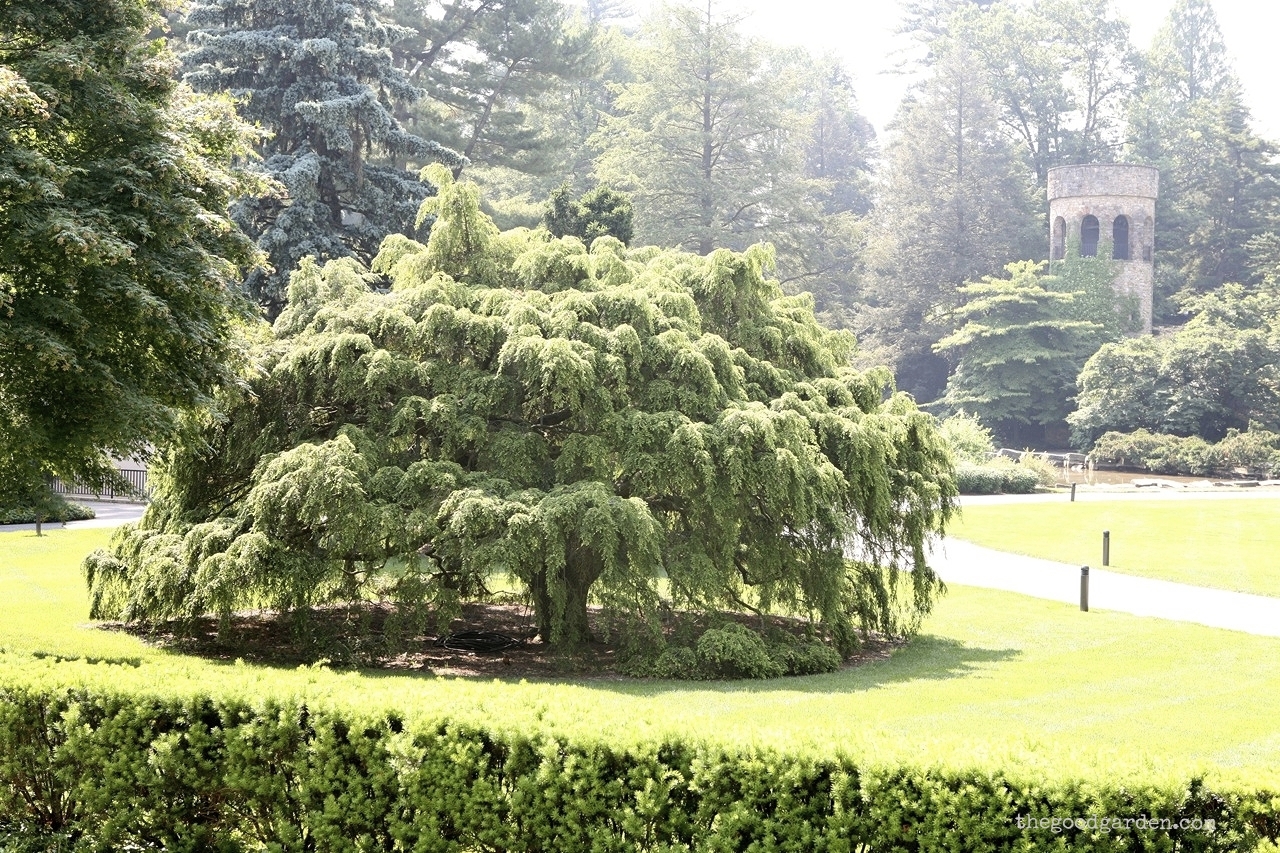I’ve just seen my first blue poppies at the Rhododendron Species Botanical Garden! Their color, a fluorescent blue, is so unusual that at first I thought that they were plastic. The definition of simplicity, each flower just has 4 petals that frame a white pistil and a spray of golden anthers.
The Rhododendron Species Botanical Garden, located outside of Seattle in Federal Way, was founded in 1964 in order to preserve rhododendron from North America, Asia, Australia, and Europe, particularly important given the loss of natural habitat in many parts of the world. In the US alone, over 20% of rhododendron species are facing extinction and this garden is the only botanical garden dedicated exclusively to preserving them.
Plant hunter Frank Kingdon-Ward
Arranged in a picturesque setting along curving paths, this garden showcases 700 out of the world’s 1,000 rhododendron species. And to complement the “rhody’s,” the garden also features companion plants. During my visit last week it was one of these, the blue poppy, that caught my attention.
Native to the high altitude Himalaya’s, the blue poppy is extremely rare. So few had seen one that for a time some questioned whether it existed.
It requires moist well-drained soil in a partially shaded spot protected from the wind. A poppy plant will often die after their first flowering so growers recommend sacrificing the first year’s flowers for hopes of some in subsequent years. And slugs love them.
Then we come to their unique color. For starters, less than 10% of flowering plants have blue flowers. According to David Lee, author of Nature’s Palette: The Science of Plant Color, “There is no true blue pigment in plants, so plants don’t have a direct way of making a blue color. Plants tweak… pigments to make blue flowers… through a variety of modifications involving pH shifts and mixing of pigments, molecules and ions.”
The flower’s history is tied to plant hunter Frank Kingdon-Ward, the first to export a viable seed. In 1913 he wrote In the Land of the Blue Poppies: Travels of a Naturalist in Eastern Tibet, “up here, at 17,000 feet, springing from amongst huge blocks of grey stone, I found the glorious Cambridge blue poppywort, one of the most beautiful flowers in existence…” Through his many books he takes us along on adventures to some of the most remote parts of the planet.
Blue poppies bloom for about 3 weeks, so hurry out to the Rhododendron Species Botanical Garden to catch them while you can. And don’t miss Blue Poppy Day at the garden this Saturday.

